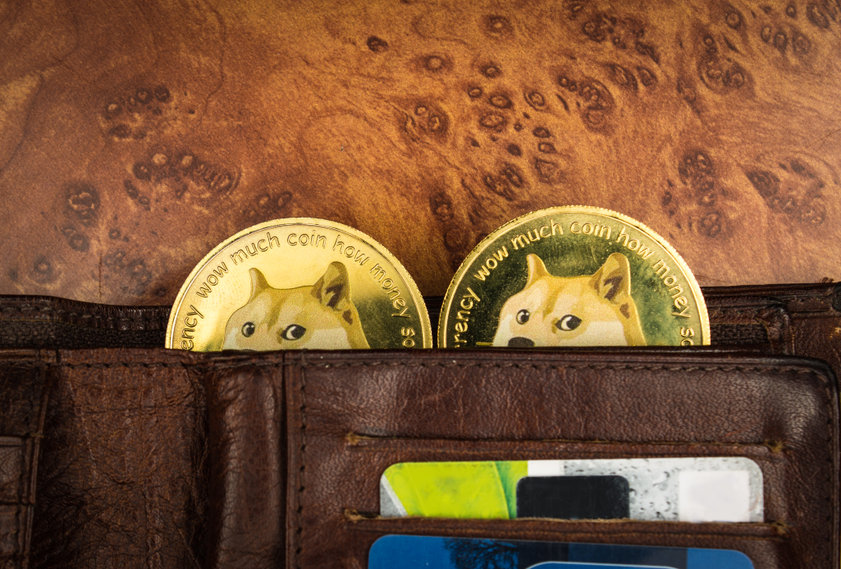
KuCoin, eine führende Krypto-Börse, startete am 8. April seine NFT-Startplattform namens KuCoin IGO. Die Plattform wird als Plattform für IGOs – Initial Gaming Offerings – für NFT- und Blockchain-Gaming-Projekte dienen.
KuCoin IGO soll das Wachstum in der Metaverse-, Web3- und Blockchain-Gaming-Branche fördern, da KuCoin glaubt, dass Gamification und NFTs eine Schlüsselrolle in den virtuellen Welten der Zukunft spielen werden.
Bei der Ankündigung des Starts der IGO-Plattform sagte KuCoin-CEO Johnny Lyu:
„Das Metaversum ist eines der spannendsten Themen von heute und eine brandneue Lebensweise in naher Zukunft. Wenn sowohl Giganten wie Meta, Amazon und Tencent als auch wohlhabende Investoren wie Elon Musk viel Geld, Talent und Technologie in das Metaversum investieren, muss man glauben, dass dies ein historischer Trend sein wird, der ein wirklich einzigartiges Erlebnis bietet. GameFi und NFT werden die typischsten Zugänge zum Metaversum sein, was ein wichtiger Grund ist, warum KuCoin die IGO-Plattform gestartet hat. Wir hoffen, die Entwicklung von web3.0 durch KuCoins IGO zu fördern, mehr gute GameFi-Projekte und NFTs auszugraben und die Entwicklung der gesamten Branche zu unterstützen.“
NFTs im Spiel auf KuCoin
Die KuCoin IGO-Plattform soll es KuCoin-Benutzern ermöglichen, Zugang zu NFTs im Spiel zu erhalten und von einer nahtlosen zentralisierten Erfahrung zu profitieren, bei der sie ihre NFTs kaufen, investieren und sogar abheben können, ohne die Plattform wechseln zu müssen.
Diejenigen, die die NFTs kaufen, können sie an der Börse handeln/verwalten.
Für Spieleersteller und -entwickler bietet KuCoin IGO eine Reihe von Möglichkeiten zum Starten von Projekten. Sie können wählen, ob sie Flatrate-Verkäufe, Auktionen oder sogar Mystery-Boxen verwenden möchten.
Pikaster ist das erste Projekt auf KuCoin IGO
Drei Tage nach dem Start der NFT-Startplattform wurde Pikaster, ein Kartenkampf-Play-to-Earn-Spiel, das erste NFT-Projekt, das auf der Plattform gestartet wurde.
Pikaster führt derzeit einen „Pikaster Original Eggs Round 2“-Verkauf durch, nachdem „Pikaster Original Eggs Pre-Sale Round 1“ abgeschlossen wurde. Danach wird es auch die Evolved Pikaster-Auktion vor dem offiziellen Schlusstermin am 17. April durchführen.
Pikaster CMO Ruffy hatte folgendes zu sagen:
„KuCoin war schon immer ein Unternehmen mit hohen Ambitionen, und sie halten stets Ausschau nach möglichen Veränderungen in der Zukunft. Gleichzeitig legt KuCoin großen Wert auf den Wert der Community und den Wert der Benutzer. Dies entspricht vollkommen unserer Philosophie. Wir denken also, dass unsere Entscheidung, mit KuCoin zusammenzuarbeiten und IGO als erstes Projekt zu starten, völlig richtig ist. Pikaster ist zuversichtlich, neue Veränderungen in der Branche herbeizuführen, sowohl aus Gaming-Perspektive als auch aus umsatzgenerierender Sicht. Deshalb wir nennen uns ‚Truly-Play & Truly-Earn‘“.
The post KuCoin NFT-Plattform ist live, Pikaster ist das erste Projekt appeared first on BitcoinMag.de.




